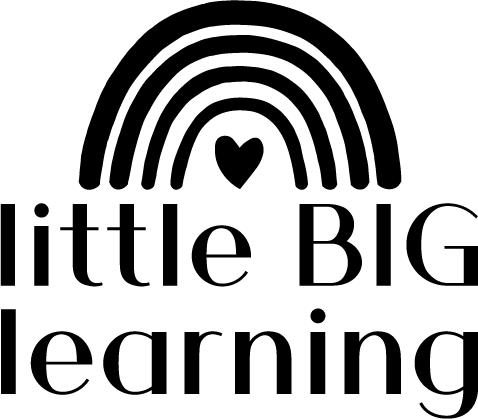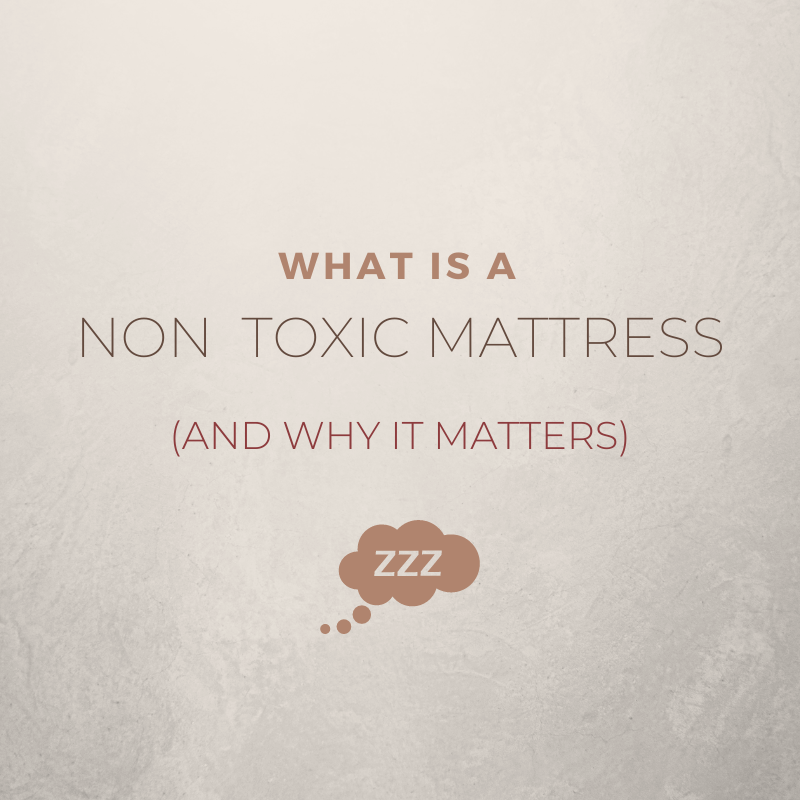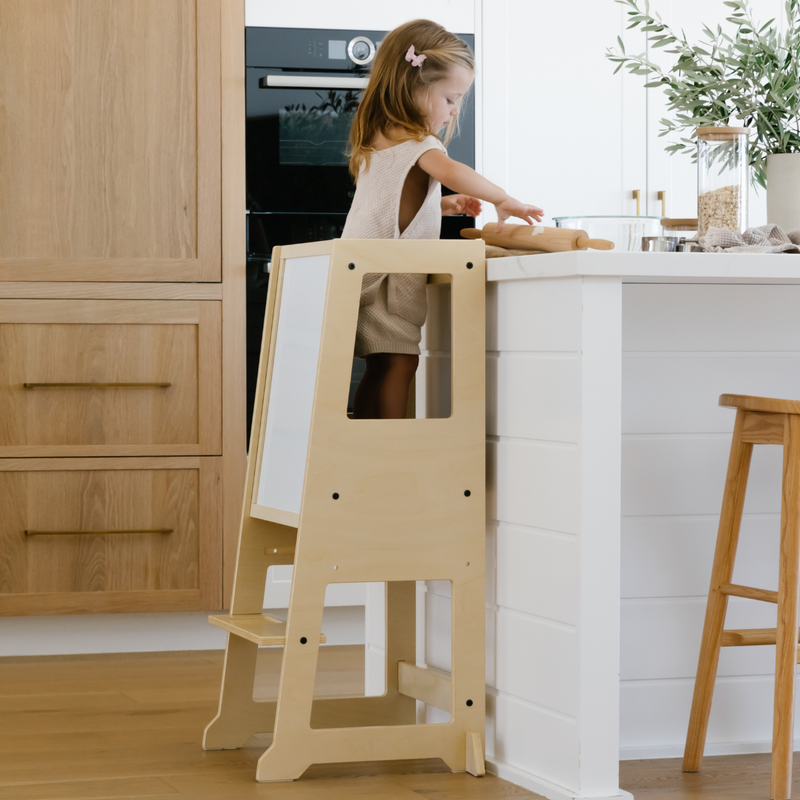In light of the fast approaching Healthy Hips Day on November 2nd, we've researched what we didn't know and asked expert Health Professionals to confirm what we do know about Hip Dysplasia or Developmental Dysplasia of the Hip (DDH).
So here they are - six things you didn't know about hip dysplasia.
1. It's more common than you think
According to Healthy Hips Australia*, approximately 11 kiddies are diagnosed with some form of developmental hip dysplasia every day! That's over 4,000 Aussie kids diagnosed and roughly 1 in 50 Australian babes being treated every year. And just because you can't see it, doesn't mean it doesn't exist. Approximately 15% of all babies born have some form of hip instability due to the pliability of our bones at birth. The hip joint deepens over the first 6 months of life which is why Healthy Hips Australia recommends screening not only at birth, but between the first 1 - 4 weeks, 6 - 8 weeks, 6 - 9 months and at 12 months.
*Healthy Hips Australia is an organisation started by Australian Mama Sarah Twomey after both her babes were diagnosed. The collated research advises that despite it's common presentation, early intervention is key.
2. Common, but not without risk when missed!
Diagnosis of DDH often happens in the early months of life but can be missed - sometimes even by GPs, health care workers and, on occasion, even by ultrasound.
Healthy Hips Australia report that when left untreated, hip dysplasia is one of the leading causes of early-onset hip arthritis in adults. Nicole Pates, Paediatric Physiotherapist from Western Kids Health sees this present clinically in the form of painful hips. To quote, "You might see your child waddling, or avoid tasks where they have to put weight through their legs."
The International Hip Dysplasia Institute have referenced a European study that found 92% of adults with hip dysplasia were all 'missed' cases from childhood.
But fear not, there are things you can do to help prevent DDH (keep reading!). If you're ever unsure, your local specialised physiotherapist will be able to assist. Don't know your local clinic? Also no worries! Western Kids Health are a holistic, evidence based practice that offer Telehealth consults, so a second opinion is only a Skype consult away no matter where you call home!
3. Don't assume - treatment and family experience can vary significantly
Ultrasound and X-Ray will usually confirm the degree of displacement of the thigh bone (femur) into the hip socket (called the acetabulum and part of the pelvis).
While some cases correct themselves over the first 6 months of development, as the femur and pelvis grow, other cases of DDH can take from months to years to correct.
Conservative management for those more persistent cases may mean no surgery, but the day to day lives for babes and parents is still significantly more difficult. Harnesses, such as the Pavlik harness, that hold the legs in an M or froggy position are used in this case and usually worn for a minimum of 6-12 weeks, 24/7.
Should this harness 'fail', that is, the hip joint is still determined to be unstable, surgery may be considered and a plaster cast such as a Spica, is worn post-operation holding the hips in the M position. Although the hope is that the cast only be worn for a few months, in some cases it is required for much longer.
4. Risk Factors
Nicole from Western Kids Health has kindly provided us with a succinct list of risk factors and common presentations of DDH.
- DDH is 12 times more likely if there is a family history
- 6 out of 10 cases of DDH occur in first born children
- Girls are 4-5 times more likely to have hip dysplasia than boys
- Breech babies have a higher risk for developing DDH
- In-utero babes are more likely to have hip dysplasia if they're packed 'tight' - larger babes (>4kg), twins and triplets, low amniotic fluid etc
5. Things you can do
According to Nicole, although risk factors might make your babe more likely to develop DDH, there are positions to avoid and encourage to help reduce those risks. Here they are:
Swaddle right and not too tight
Check your baby carrier
For more tips about safe baby wearing, visit Baby Wearers WA.
6. Despite it all, full recovery and return to typical development is normal
According to the Better Health Channel, funded by the Victorian State Government Department of Health, approximately 95% of babies born with DDH can be successfully treated with medical intervention.
Usually, medical intervention does not include physiotherapy. Rather, it references the conservative and surgical procedures mentioned above.
But like almost all orthopaedic procedures, successful musculoskeletal realignment often requires post-op rehabilitation.
At this time, the parents we've spoken to have told us that their post-cast/harness relationship with a trained physiotherapist has been paramount in reducing family stress, child distress and providing a safe space for full recovery.
For all the feels and inspiration - check out Laura Walker who ran the New York City marathon despite being born without hip sockets and Harrison Peacock who represented Australia in volleyball and documented his journey following surgery.






0 comments